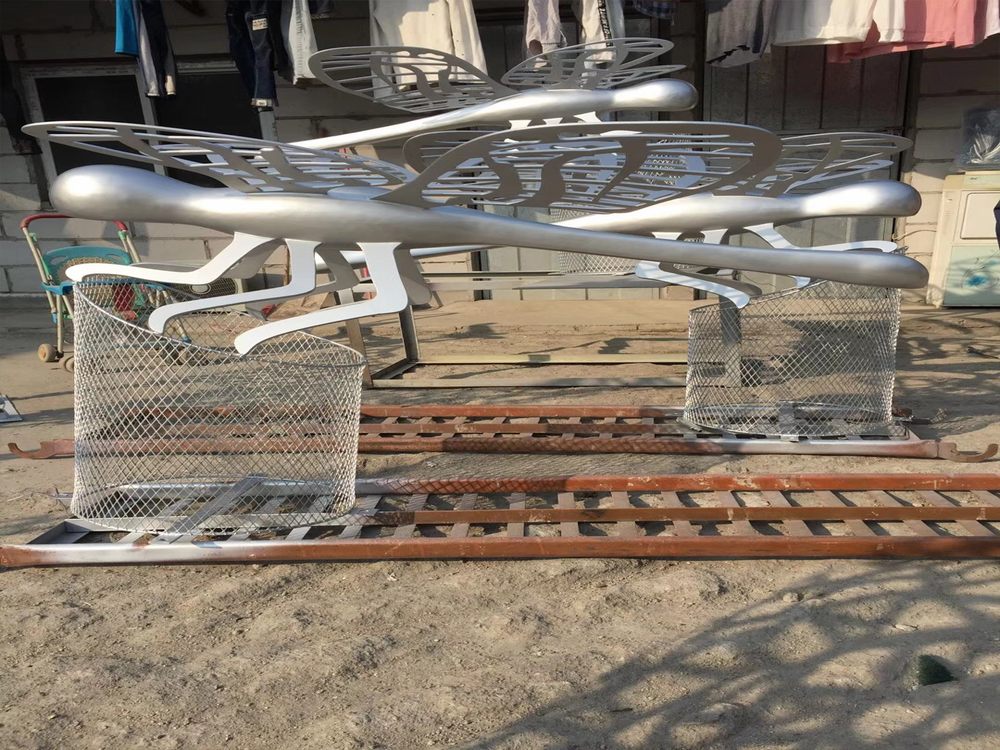
Metal sculptures have the unique ability to evoke powerful emotions through their form and material. One of the most compelling ways to engage viewers is by creating a sense of tension or conflict within the piece. Here are some of the most effective techniques to achieve this:
1. Contrasting Shapes and Lines: Juxtaposing sharp, angular lines with smooth, flowing curves can create visual tension. The clash between these elements suggests movement and conflict, drawing the viewer’s eye and provoking thought.
2. Asymmetry and Imbalance: Deliberately designing a sculpture to appear unbalanced or asymmetrical can evoke a sense of unease. This technique makes the piece feel dynamic, as if it’s caught in a moment of instability or struggle.
3. Textural Contrast: Combining rough, jagged surfaces with polished, smooth areas can heighten the sense of conflict. The tactile differences invite viewers to imagine the forces at play within the sculpture.
4. Negative Space: Strategic use of negative space can imply tension by suggesting unseen forces or unresolved narratives. Gaps or voids in the sculpture can make it feel like something is missing or about to happen.
5. Dynamic Composition: Positioning elements to appear as if they’re in motion—such as twisting, bending, or colliding—can create a sense of impending conflict. This approach makes the sculpture feel alive and charged with energy.
By mastering these techniques, artists can transform static metal into dynamic, emotionally charged works that captivate and challenge viewers. Whether through visual contrast, imbalance, or implied motion, tension and conflict can elevate a metal sculpture from mere object to compelling art.

